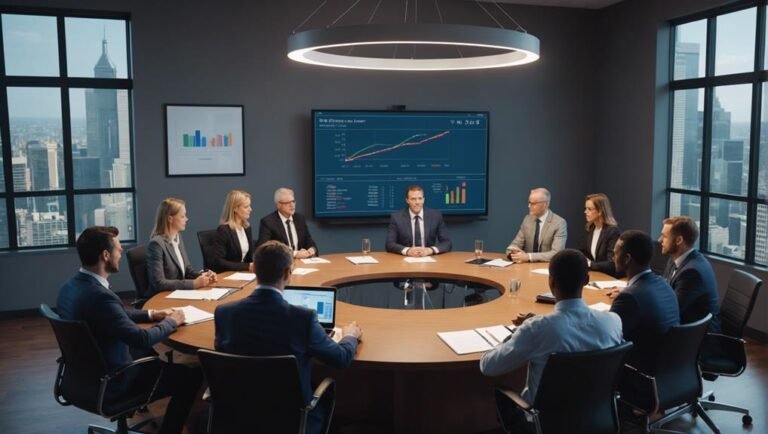Strengthening Team Cohesion in Finance Through Effective Communication
Yearning to enhance your finance team's performance?

Yearning to enhance your finance team's performance?

Discover how different leadership styles, from autocratic to transformational, shape finance teams, but there's one style that stands out starting with the letter 'S'…

Gain insight into how ethical judgment shapes financial strategy, safeguarding integrity and sustainability while attracting ethical investors.

Unleash unconventional strategies to outperform in investment management, transforming challenges into opportunities. Discover the key to strategic success.

Foster data-driven decisions and embrace advanced tools for robust financial forecasting in unpredictable markets – discover how.

Mastery in communicating financial insights to non-financial stakeholders is the key to unlocking understanding and engagement.

Unleash the power of emotional intelligence in finance teams for improved decision-making and team success under pressure – discover how!

Acing client retention in finance requires tailored communication, trust-building, and personalized solutions – discover the key strategies for long-lasting relationships.

Achieve peak productivity in finance departments by implementing strategic time management techniques – discover how in this insightful guide!

Improve your attention to detail in financial analysis with a meticulous mindset and systematic approach—unlock the secrets to precision and success.
End of content
End of content